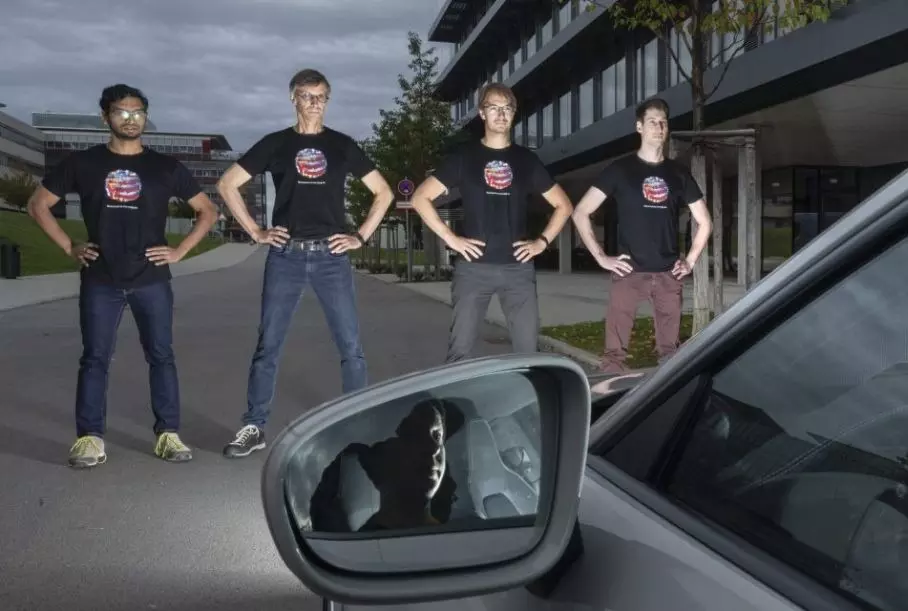
Specialists from the Institute of Intelligent Systems named after Max Planck and the University of Tübingen conducted a safety study of self-driving cars. Engineers tested how the cars cope with recognizing human figures.
There is a total system failure, the unmanned vehicle can leave the lane or suddenly brake. This is somewhat similar to the effect when stroboscopic flashes of a certain frequency cause epileptic seizures in some people. That is, through vision, a malfunction of the body's functions is artificially caused, in this sense, the human brain and the drone have something in common.
According to scientists, in just four hours, they managed to create a sample of color combinations that cause a state of panic in an unmanned vehicle, and this becomes a security threat. The pattern can be easily applied to T-shirts or stickers on road signs or shopping bags. Hackers can take advantage of this, too, researchers warn.
The problem lies in the imperfection of artificial intelligence, which manifests itself in image recognition. The algorithm uses a built-in camera to observe the environment, such as the road in front of the car, and to detect obstacles. If recognition fails, the robot car stops at best for safety reasons.
The authors of the study emphasized that such a bug occurs with a probability of only a few percent, but this is enough for the drone to behave unpredictably. The experiment showed that if the car camera sees the same spot several times, its reaction will be special each time.
Of course, scientists and programmers will eventually solve this problem, but for now it remains. Researchers believe that now the challenge for automakers is to train their systems to be resistant to such attacks.
